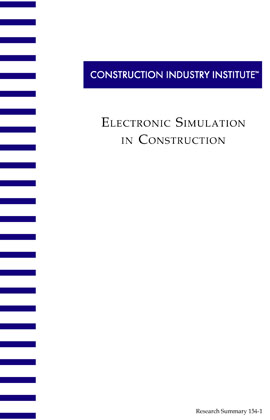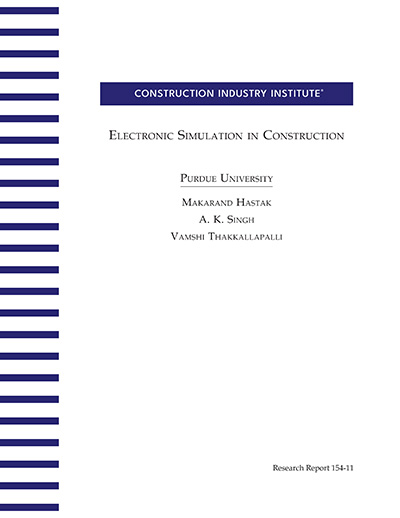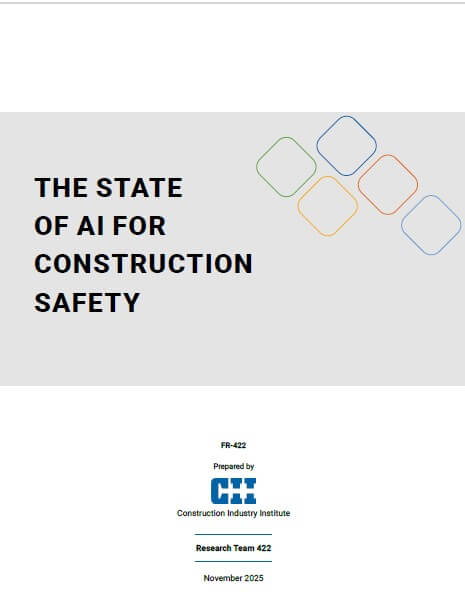
Electronic Simulation in Construction
Owners, engineers, construction managers, and contractors face numerous problems throughout the life cycle of a project (i.e., planning, design, construction, start-up, operation, and maintenance). These problems include:
- Lack of comprehensive scope visualization and design review
- Constructability, maintainability, and operability issues
- Quality and safety issues
- Cost and schedule control problems
The main purpose of this research was to identify, analyze, and evaluate the current use of interactive electronic simulation in construction. The results highlight the benefits, limitations, and barriers of electronic simulation in heavy industrial construction, and also establishes the state-of-the-art, state-of-practice, and the state-of-R&D for electronic simulation in construction.
The Electronic Simulation in Construction Research Team believes that many areas and practically all types of projects could significantly benefit from the use of electronic simulation. The research team developed a decision aid to assist users in selecting the most appropriate electronic simulation technology for their use.
With 92 percent of survey respondents agreeing that electronic simulation technology adds value to the project management process, it will remain an important field of review, consideration, and implementation facing CII membership.
{^widget|(widget_displayname)WatermarkImage|(image)%7e%2fCII%2fmedia%2fPublications%2f154_11Figure4-1.PNG%3fext%3d.png|(name)WatermarkImage|(width)|(height)^}
Implementation Guidelines for ESIC – use this simple guideline to assist in the implementation of electronic simulation in construction (RS154-1, Appendix D)
Decision Aid for Electronic Simulation in Construction, CII Research Team 154 decision aid – use web based decision model to determine whether electronic simulation in construction is recommended on a project. See Emerging Technologies Web Site (no longer a working website) . (RS 154-1, p. 23)



